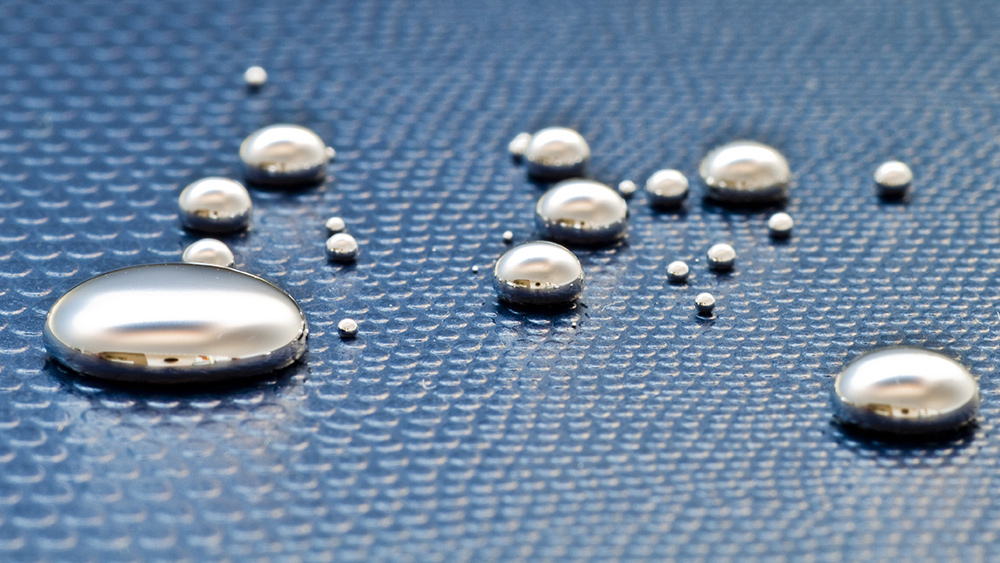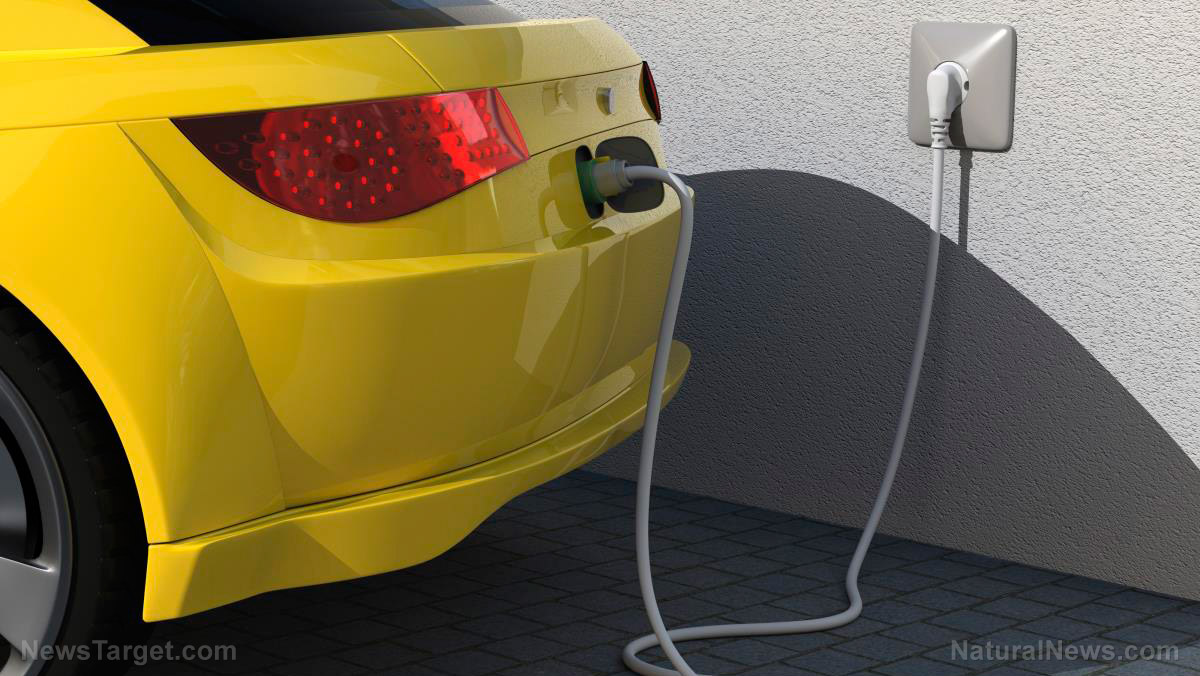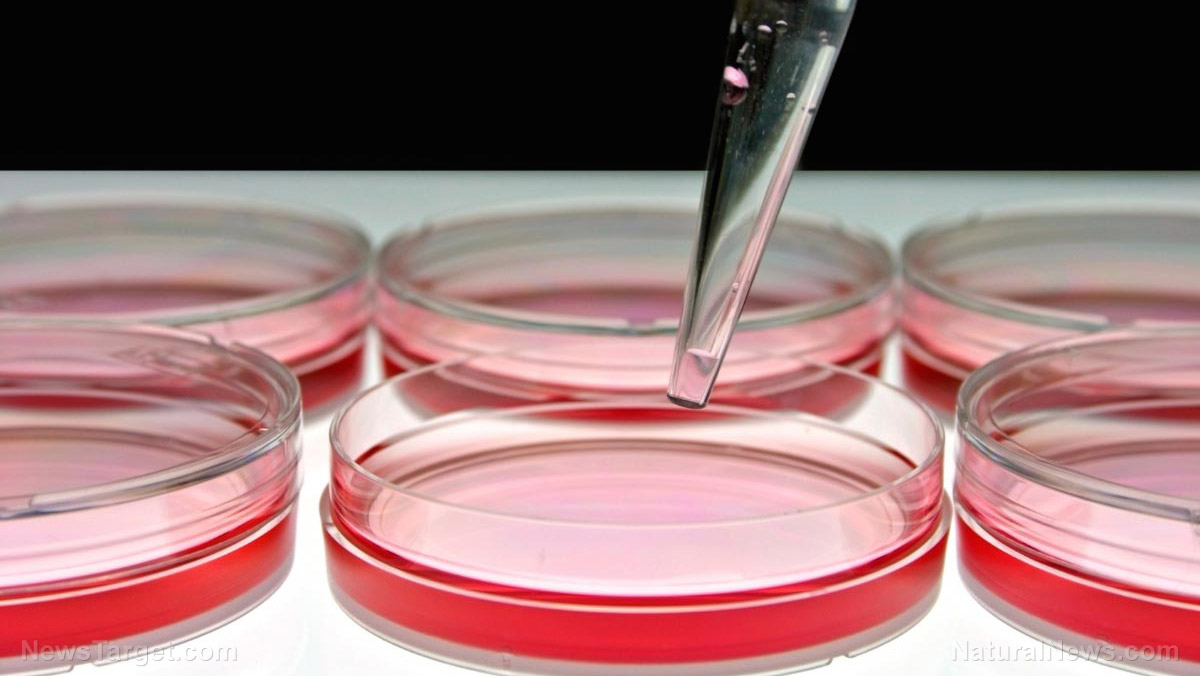Who knew you could use light to compute?
04/04/2019 / By Edsel Cook

A Japanese research team developed a new type of computing device that doesn’t rely on electric charges to perform logic operations. Instead, their prototype machine uses ultraviolet light and electric fields to power its computational processes.
Furthermore, instead of being made from a silicon semiconductor, the new device is chemical-based. The techniques used to create it and enable its logic operations are expected to open the door to a new generation of computer chips that combine high performance and low energy consumption.
No matter the size or role they fulfill, computers of this generation use more or less the same kinds of parts. The memory and processor in the smartwatch around your wrist have bigger but functionally similar counterparts in the data centers that store vast amounts of online information.
Semiconductor chips are made up of tiny electronic transistors that are set on silicon surfaces. These computer chips can no longer be scaled down because silicon acts very differently at the quantum scale that has been reached. (Related: Researchers use laser holograms to trap and control tiny objects the size of single cells.)
A chemical-based computational device that runs faster, cooler, and cheaper
The University of Tokyo research team led by Keiichi Yano and Yoshimitsu Itoh were looking for new materials and methods that can perform the same logic and memory functions as silicon-based electronics. Their new device is capable of such computational functions.
It departs from the conventional technique of representing binary digits through electric charges. Instead, the Japanese device employs ultraviolet light in conjunction with electric fields. This different approach not only expends much less electricity during logic operations, but it also produces less waste heat compared to its electric charge-based equivalent.
Furthermore, the new device is derived from chemicals. Its component molecules are shaped like disks and rods. During specific circumstances, these tiny structures automatically connect together to form columnar liquid crystals (CLC), structures that resemble spiral staircases.
These chemical-enabled properties are what makes them so promising for future computers. A chemical-based computer chip can be made very cheaply and easily.
“One thing I love about creating a device using chemistry is that it’s less about ‘building’ something; instead it’s more akin to ‘growing’ something,” says Itoh, one of the authors of the paper. “With delicate precision, we coax our compounds into forming different shapes with different functions.”
Activating logical functions with ultraviolet light and electric fields
In a demonstration, the CLC sample is set between a pair of glass plates fitted with electrodes that generate an electric field. Polarized light is projected through the sample at a detector placed on the other side.
When inactivated, the CLCs are oriented in random directions and do not impede the passage of the light. The measured output of light stays the same even if the electric field or the UV light is switched on and then off.
However, activating both the electric field and the UV light for a brief moment before turning them off will trigger the CLCs to form up. The reorganized sample will no longer allow UV light to pass through it.
This activity shows that CLCs can perform a logical AND function, where all inputs to the function should be “1” in order to produce an output of “1.” The researchers are working on improving the movement speed and density of the CLC.
“The AND function is one of several fundamental logic functions, but the most important one for computation is the NOT-AND or NAND function,” explains UTokyo researcher Yano. “I’m fascinated by how self-assembling molecules like those we use to make the CLCs give rise to phenomena such as logical functions.”
Read Computing.news for more news on computing technology.
Sources include:
Tagged Under: breakthrough, computer heat, computer materials, computing, discoveries, future science, goodtech, light computing, new technology, physics, technology, Ultraviolet light

















